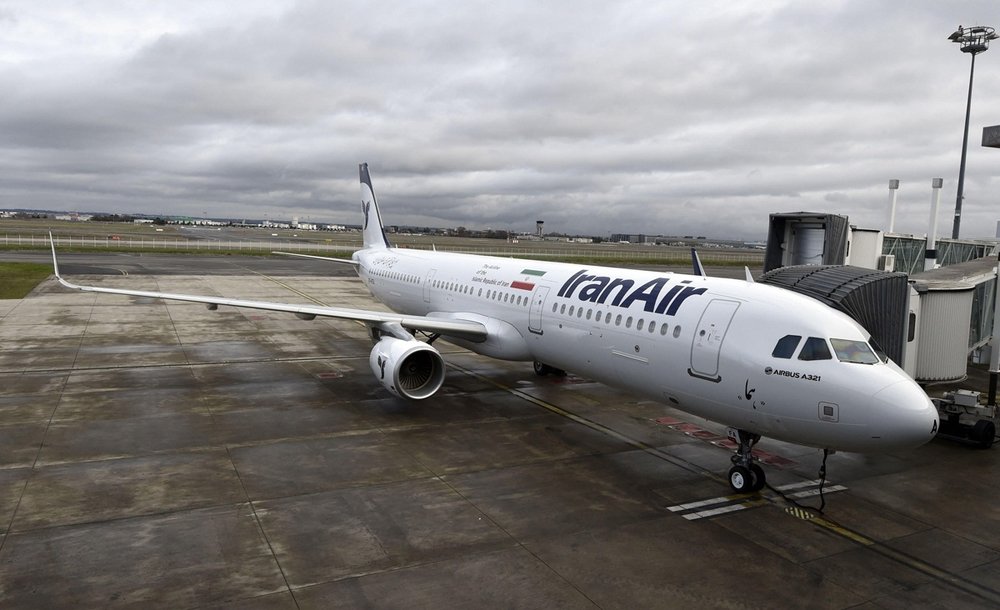Aircraft purchase deals to support employment

Iranian national flag carrier Iran Air’s deal with the French giant plane maker Airbus on January 28, 2016 for the purchase of 118 Airbus jets worth $27 billion was among the first deals the country signed with Europe after the implementation of its nuclear deal, known as Joint Comprehensive Plan of Action (JCPOA), which lifted the sanctions against Iran in the same month.
The biggest aircraft order by Iran since its Islamic Revolution in 1979 was followed by another deal signed between Iran Air and ATR on February 1, 2016 for buying up to 40 turboprop planes from the Franco-Italian manufacturer.
Iran Air also inked a deal with Boeing on December 11, 2016 to buy 80 aircrafts valued at $16.6 billion. It is Iran’s biggest deal with an American company since the 1979 revolution and the U.S. embassy takeover.
The first, second and third planes that Iran purchased from the European aviation giant Airbus landed in Tehran on January 12, March 11, and March 25, 2017, respectively, and according to Iran Air’s former Managing Director Farhad Parvaresh the country will receive four new Airbus jets in 2017 and five other ones in 2018.
Iran Air also took delivery of the first four of the purchased ATR passenger jets on May 17, 2017 and the fifth and sixth turboprop aircrafts landed in Tehran’s International Mehrabad Airport on September 28, 2017.
The nine new aircrafts joining Iran Air added over 1,200 new seats to the country’s aviation fleet while creating some job opportunities.
Global statistics indicate that each commercial aircraft creates jobs for about 1,000 people. While the job opportunities are created for the people of both countries (manufacturer and buyer), entrance of over 200 airplanes which Iran has signed their purchase deals could play some significant role in supporting employment in different sectors of the country.
According to Iranian Labor Minister Ali Rabiei, the government can create 300,000 to 400,000 job opportunities annually but based on the Sixth Five-Year National Development Plan (2016-2021), more than 900,000 jobs should be created per year.
The country’s need for new jobs underlined the role that air transport can play in employment and arrival of the new aircrafts, besides renewing Iran’s aging passenger fleet, will support job creation in the country.
As Head of Iran's Civil Aviation Organization (CAO) Ali Abedzadeh said: “If we want to achieve success in job creation for the young people, air transport could be one of the sectors to play great part in this due.”
PHOTO: The first Airbus A321 airliner Iran purchased in January 2016 landed in Tehran’s International Mehrabad Airport in January 2017
Leave a Comment